

A version of this article originally appeared in the October 2009 issue of Informer: The Journal of American Mafia History.
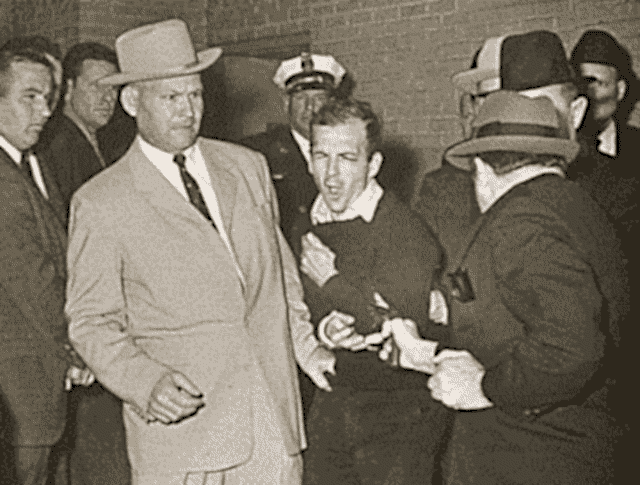
On Nov. 24, 1963, authorities were preparing to move accused Presidential assassin Lee Harvey Oswald from Dallas Police Headquarters to county jail, when Jack Ruby stepped out of a crowd, drew a .38 caliber revolver and fatally shot Oswald.
Jack Ruby of Dallas, a prominent character in an American drama in 1963, appears to have played a role in the departure of American racketeers and the removal of their money from Cuba four years earlier. How significant a role he played remains uncertain. Some believe he secured the 1959 release of Mafia boss Santo Trafficante by the Fidel Castro government and later may have been part of a Castro-Mafia plot against U.S. President John F. Kennedy.
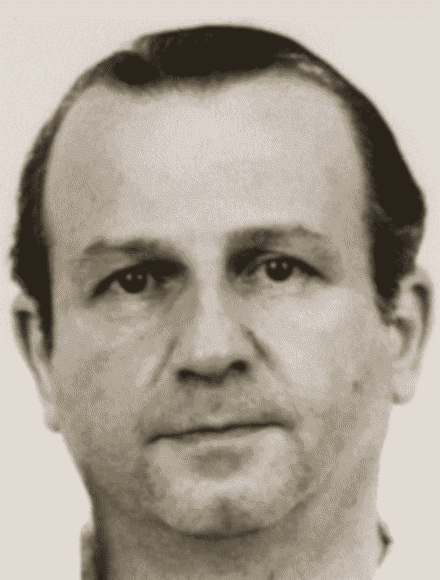
Jack Ruby
Following the Nov. 22, 1963, Kennedy assassination, U.S. federal agencies and a number of private citizens began investigating connections between American organized crime and Cubans. The investigation unearthed U.S. intelligence efforts to assassinate Castro through an alliance with organized criminals. The failure of the anti-Castro effort and the subsequent killing of the U.S. President, led many to conclude that Castro had succeeded in "turning" Mafia leaders.
Ruby, who shot and killed accused Kennedy assassin Lee Harvey Oswald on Nov. 24, 1963, was the focus of much attention. His elimination of Oswald prevented a public trial on the Kennedy assassination and was viewed by many as an American Mafia effort to cover up its role of that crime.
Ruby, a Chicagoan who relocated to Dallas in the 1940s, had personal and business connections to men linked to the Chicago, New Orleans and Tampa crime families. There was widespread suspicion that those connections caused him to become involved in an underworld conspiracy to assassinate President Kennedy or to silence accused assassin Oswald with a gunshot.
Despite his familiarity with organized criminals, there is no conclusive evidence that Ruby himself was an inducted member of any organized crime fraternity or worked on behalf of one. Still, the Warren Commission investigating the Kennedy assassination probably went too far in 1964 when it reported "the evidence does not establish a significant link between Ruby and organized crime." (The commission concluded that any contacts between Ruby and organized crime figures were merely the result of Ruby's gregariousness and his career as a nightclub owner.)
The Warren Commission stumbled on a number of Ruby associates, including gambler Lewis J. McWillie, who were connected to gambling networks and crime syndicate leaders, but it did not pursue the connections. McWillie was known to have links with Dallas crime boss Joseph Civello and Tampa crime boss Santo Trafficante, as well as Sam and David Yaras, Jake Lansky and Dino Cellini.
The commission never called McWillie to testify, but the FBI took an instant interest in him following Ruby's shooting of Oswald. The Bureau interviewed McWillie in late November 1963 and again in June 1964.
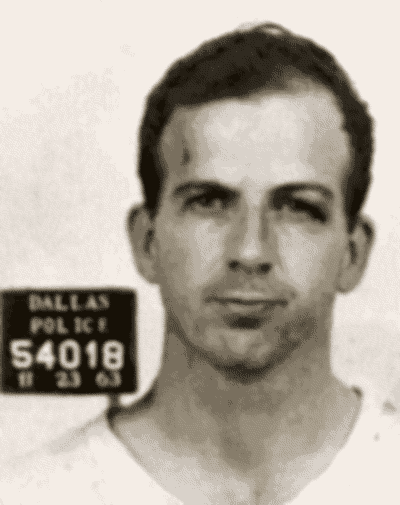
Oswald
Fifteen years later, long after Jack Ruby's 1967 death, investigation by the House Select Committee on Assassinations (HSCA) further defined Ruby's relationship with the underworld and found that it was significant. The committee learned that during Ruby's early days in Chicago, he was friendly with two individuals later recognized as gunmen for the Chicago Outfit. Lenny Patrick and David Yaras were believed to be top lieutenants in Sam Giancana's Chicago Outfit. Yaras later set up rackets in Miami, Florida.
The HSCA also learned that, as an adult, Ruby was friendly with Lewis McWillie, who worked in Cuban casinos run by mob financier Meyer Lansky and Tampa's Trafficante.
Ruby's daily business as a nightclub owner in Dallas brought him into contact with representatives of the New Orleans crime family, which controlled much of the Dallas underworld. (The Dallas crime family began as a sort of underworld colony of the New Orleans Mafia.) Ruby was personally acquainted with local boss Joseph Civello, considered a subordinate of New Orleans boss Carlos Marcello. In addition, Ruby did business with several other Dallas men linked to Marcello or to Trafficante.
A Jack Ruby visit to Cuba in 1959 further tied him to McWillie. While in Cuba, some believe Ruby visited Trafficante. If such a visit occurred, it would suggest a much closer relationship between Ruby and Mafia big shots.
Trafficante had expanded into Cuba from his base in Tampa, Florida. He had run a number of gambling establishments in the Havana area and was suspected of participating in an international narcotics trafficking ring.
At the time of Ruby's visit to the island - summer of 1959 - Trafficante was held by the new Castro government in its Triscornia detention camp. (Triscornia, a former U.S. Navy coaling station across the Canal de Entrada from Havana's central business district, was opened about 1900 as an Ellis Island-style facility for the processing of immigrants. U.S. government documents often referred to the facility as "Trescornia.") Jake Lansky, Dino Cellini, Giuseppe DiGiorgio and Chuck White were with him very briefly in the same facility before being released, but Castro's people were uncertain how to deal with Trafficante.
Trafficante told the HSCA that the new Cuban government suspected him of narcotics crimes (Sources indicated that U.S. Commissioner of Narcotics Harry Anslinger informed Cuban officials that Trafficante was a narcotics suspect) and subsequently worried that he was either an American spy or a collaborator with ousted Cuban dictator Fulgencio Batista. "They found out nobody wanted me in the States," Trafficante said. "So then they had me in Triscornia, which was immigration center, and they didn't know there for a while what to do with me." Trafficante described the Triscornia facility as a "big camp."
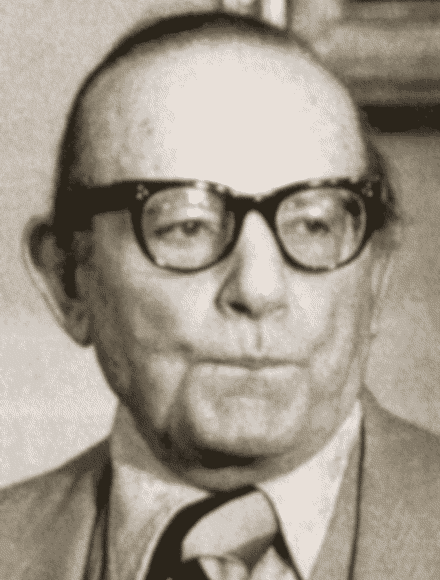
Trafficante
Some suspect that Ruby made secret arrangements with Castro in order to have Trafficante released from Triscornia. There is little credible evidence of direct contact between Ruby and Trafficante and only slightly more evidence of any Ruby visit to Triscornia. Though Ruby's presence on the island of Cuba in that period is well documented.
A June 11, 1964, FBI memo (exhibit 1697 of the Warren Commission Report) indicated that Ruby's pal McWillie first moved out to Cuba in September 1958. He went to work as a manager at the Meyer Lansky and Norman Rothman-controlled Tropicana nightclub casino, a job he held until May 1960. After leaving the Tropicana, he became a pit boss at the Salon Rojo casino of the Capri hotel. Trafficante reportedly controlled that establishment. When questioned by the commission, McWillie said he knew who Trafficante was but had no personal relationship with the Tampa crime boss.
According to the FBI memo, McWillie invited his friend Ruby to come out to Cuba for a vacation in 1959. McWillie sent Ruby an airline ticket and arranged hotel accommodations. During Ruby's stay, McWillie told the FBI, the Dallas nightclub owner spent all of his time with McWillie at the Tropicana.
Later investigation by the HSCA put specific dates on Ruby's Cuba trip. From Cuban authorities, the committee received two tourist cards bearing Jack Ruby's signature. The first indicated that Ruby traveled from New Orleans to Cuba on Aug. 8, 1959, and ended his trip on Sept. 11. The second showed that Ruby returned to Cuba from Miami on Sept. 12, staying just one day. U.S. immigration records documented some of Ruby's travels. While the date of his initial departure for Cuba was not revealed in those documents, the U.S. records showed Ruby entering Miami from Cuba on Sept. 11, returning to Cuba on Sept. 12, and entering New Orleans on Sept. 13.
The FBI found three Chicago residents who were visiting Cuba and recalled meeting Ruby at the Tropicana between Sept. 4, and Sept. 6.
In interviews, McWillie disputed the data on the Cuban tourist cards. He said Ruby stayed no longer than six days and suggested that Ruby's presence was too annoying to be tolerated for much longer than that. "Jack Ruby was that kind of fellow that six days would be long enough to be around him," McWillie testified. "I am sure he wasn't there a month."
Looking at other records, the HSCA decided that Ruby could have made at least one undocumented trip between Cuba and the U.S. in the period. His bank safe deposit box records indicate that he was in Dallas on Aug. 21 and Sept. 4. In addition, FBI Special Agent Charles Flynn met with Ruby in Dallas on Aug. 31. The committee suggested that Ruby might have returned to the U.S. sometime before Aug. 21 and traveled back to Cuba around Sept. 4.
"Based on the curious nature of the one-day trip to Cuba via Miami and the existence of a third trip to Cuba, vacationing was probably not Ruby's sole reason for traveling to Cuba," the committee concluded.
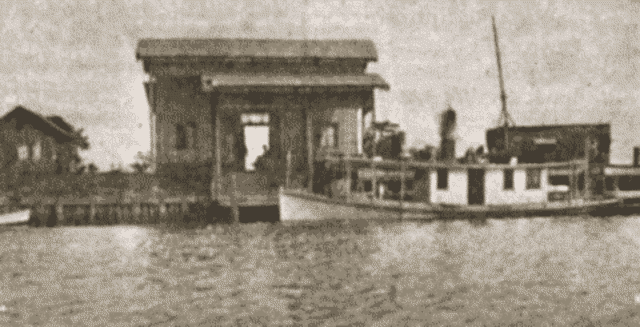
Dock at Triscornia
A British journalist reportedly once claimed he personally saw Ruby visit with Trafficante in the Triscornia facility. The journalist was unable to testify before U.S. authorities and the credibility of his tale was questioned.
Triscornia's Cuban officials had no records of Trafficante visitors and camp administrators did not recall Jack Ruby. The HSCA was unable to positively link Ruby to Trafficante or the Triscornia camp, yet it stated "there was considerable evidence that [a meeting] did take place."
Whatever that evidence was, it certainly did not come from Trafficante. When questioned by the committee, Trafficante said he knew of Lewis McWillie and he recalled having visitors at Triscornia, but he wasn't sure that McWillie ever visited him there. Trafficante was adamant that Jack Ruby had never visited him at the camp.
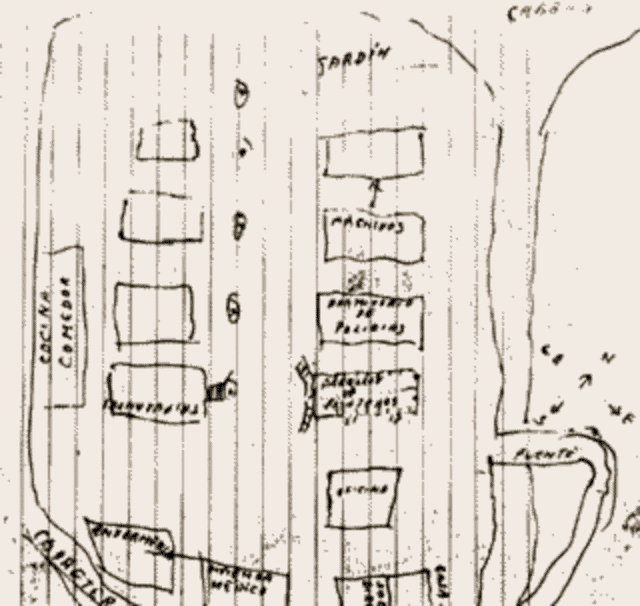
Sketch of Triscornia camp
"I never remember meeting Jack Ruby...," he said. "There was no reason for this man to visit me. I have never seen this man before. I have never been to Dallas; I never had no contact with him. I don't see why he was going to come and visit me."
Given the perception of Ruby as being somehow linked with the Kennedy assassination, Trafficante would have been highly motivated to deny any acquaintance.
Trafficante recalled being placed at Triscornia before June 21, the date when he was permitted to leave the camp in order to attend the wedding of his daughter, and being released from there on Aug. 18, 1959. (Captain Felipe Villa of the Cuban Interior Ministry told the committee that the start date of Trafficante's detention was June 6, 1959.) The release date was within the period established for Ruby's visit.
The Cuban government cabinet had decided July 8 to expel Trafficante from the country, but suddenly reversed course on Aug. 18 and merely granted liberty to Trafficante (and fellow Tampan Henry Saavedra, who also had been confined).
The HSCA learned that McWillie had indeed made his own trips to the Triscornia camp while Trafficante was confined there. At the time of his testimony, McWillie said he was not certain whether Ruby had accompanied him on the trips. "I don't recall it, but he could have," McWillie said. "I don't know for sure."
McWillie said he went to Triscornia primarily to visit with his friend Giuseppe DiGiorgio but also saw Dino Cellini, Jake Lansky and Trafficante: "I didn't talk to Trafficante because I didn't know him that well to speak to him."
Though leaning toward the position that Ruby and Trafficante met at Triscornia, the HSCA decided that Ruby did not travel to Cuba specifically to win Trafficante's release: "The inference seems reasonable that Ruby was at least serving as a kind of courier on behalf of gambling interests in Cuba." The committee noted that Havana casino operators used couriers to transport cash out of Cuba to banks in Miami.